Welcome back to The Cosmic Companion. I’m James G. Maynard — science show host, terrible actor, worse puppeteer, and proud resident of this planet Earth.
For our Earth Day 2024 episode, we’ll be exploring how fiction and storytelling have inspired environmental movements throughout history. Later in the show, we will be joined by Ann E. Burg, talking about her new book, Force of Nature, a free-verse novel inspired by Rachel Carson.
Let’s begin by traveling back in time! [beep beep beep] [ROAR] What? Dinosaurs? No, no, far too far back in time… [beep beep beep] [Good Day, good Sir. By what manner do you appear before me?] Ben Franklin? Nope. Too recent. [beep beep beep]. Ah. Gilgamesh. Here we go.
One of the oldest-known stories, The Epic of Gilgamesh, is in part a warning of the dangers posed by over-exploitation of the land. Written nearly 40 centuries ago, The Epic of Gilgamesh was basically the first screw-around-and-find-out story.
The teachings of Buddha have non-violence against nature as a central tenant, and Taoism has long held that protecting our environment is key to human survival.
Even in the 19th and early 20th centuries, writers like Henry David Thoreau and John Muir reminded us of the beauty and importance of nature.
[Muir and Thoreau appear. Thoreau: I spent two years, two months, and two days living in the woods, and that’s all he says? Muir: Seriously. I kicked off the whole idea of national parks, and… Nothing. Harumpf.]
But it was Rachel Carson’s revolutionary book, Silent Spring, that really kickstarted the modern environmental movement. Her powerful words sparked change and inspired generations of environmental writers, including our special guest, Ann E. Burg, author of Force of Nature.
Next, let’s explore the many worlds of climate fiction, or “cli-fi,” a captivating genre of storytelling that imagines the consequences of climate change and what our future might look like.
These stories have significant roots in history. The Drowned World (1962) by J. G. Ballard was set on… a… drowned world, the result of a melting of Earth’s ice caps. In 1973, moviegoers developed a taste for Soylent Green. [pause]. Mad Max gave us all a run in 1979, and Waterworld was drowned in mediocre reviews when it came out in 1995, despite being a half-way decent movie.
We here at The Cosmic Companion are currently working on our own cli-fi feature-length film, Gaia Rising. This story, set in the 2060’s, explores how three people from very different walks of life come together to begin to heal a world on the brink of environmental disaster, striving against obstacles in a race against time. Keep an eye out for that one.
As the human progression to cities continues, we have the opportunity to build clean, sustainable communities on Earth, and in space. Here on terra firma, green cities with sustainable energy production, single-stream recycling, and plentiful, affordable public transportation would shrink human impacts on the environment. 3D-printed houses would make buildings extraordinarily inexpensive, providing affordable — or even free — housing for all.
Such structures are also nearly perfect for highly efficient hydroponic farming systems, providing any desired crop, any time of year, in any climate. Imagine living in Montreal in the middle of winter, and eating avocados grown within walking distance of your apartment. This would make great nutrition available to everyone, ending food deserts, and saving the environmental damage currently done by shipping foods all over the world for packaging, distribution, and sale.
Nanofabricators — devices capable of constructing ANYTHING one wants at a molecular level — are already being developed. If you want a steaming hot, crunchy spinach calzone, presto! A red-and-white checkered runner for your hallway? You got it! I won’t judge… Need a really cute parasol for your day at the fair? You get the idea. Much of the raw material needed to build — well, anything — could come from the most common of resources — dirt, water, and air. Or even recycle that red and white checkered parasol stained with spinach and feta cheese!
Moving beyond Earth, space offers environmentalists the ultimate gift for the well-being of our home world — advancing humanity to a future free of scarcity and poverty. Resources beyond the Earth, on the Moon, Mars, and in asteroids — where they can be gathered away from the fragile ecosystem of our home planet — measure beyond the dreams of avarice.
The path to our collective future is forged through the decisions we make in our own time. With each step forward, we carry the hopes and dreams of generations to come. Let us choose wisely, ensuring that our planet continues to flourish, for the fate of humanity hinges on the choices we make today.
Join us next week for Exploring Alien Intelligence. We will be looking at the nature of intelligence, and what that means here on Earth, as well as beyond. We will be joined by naturalist, author, and octopus whisperer Sy Montgomery. She will share her insights on the Secrets of the Octopus and what we even mean when we say the word “intelligence.” Trust me. You are not going to want to miss this.
Dr. Orca: “You are trapped now, Secret Agent 8–0-PUS. Give me your secret!”
Agent 8–0-PUS: “Never, Dr. Orca! You shall never learn the secrets of the octopus!”
[SA80P squirts out ink and swims away]
[SA80P and Octo-Girl]
Octo-Girl: “Oh, Secret Agent 8–0-Pus! That was another INK-credible escape!”
Please subscribe, follow, share, all that good stuff. You know where you found this episode? We’re there — sign up if you like. See you soon.
Happy Earth Day, and clear skies!
James

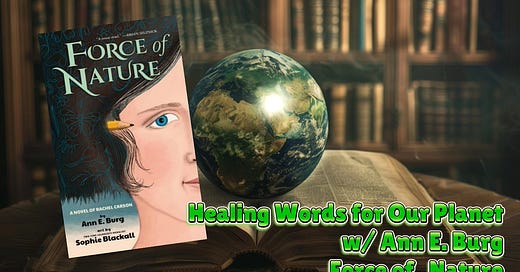

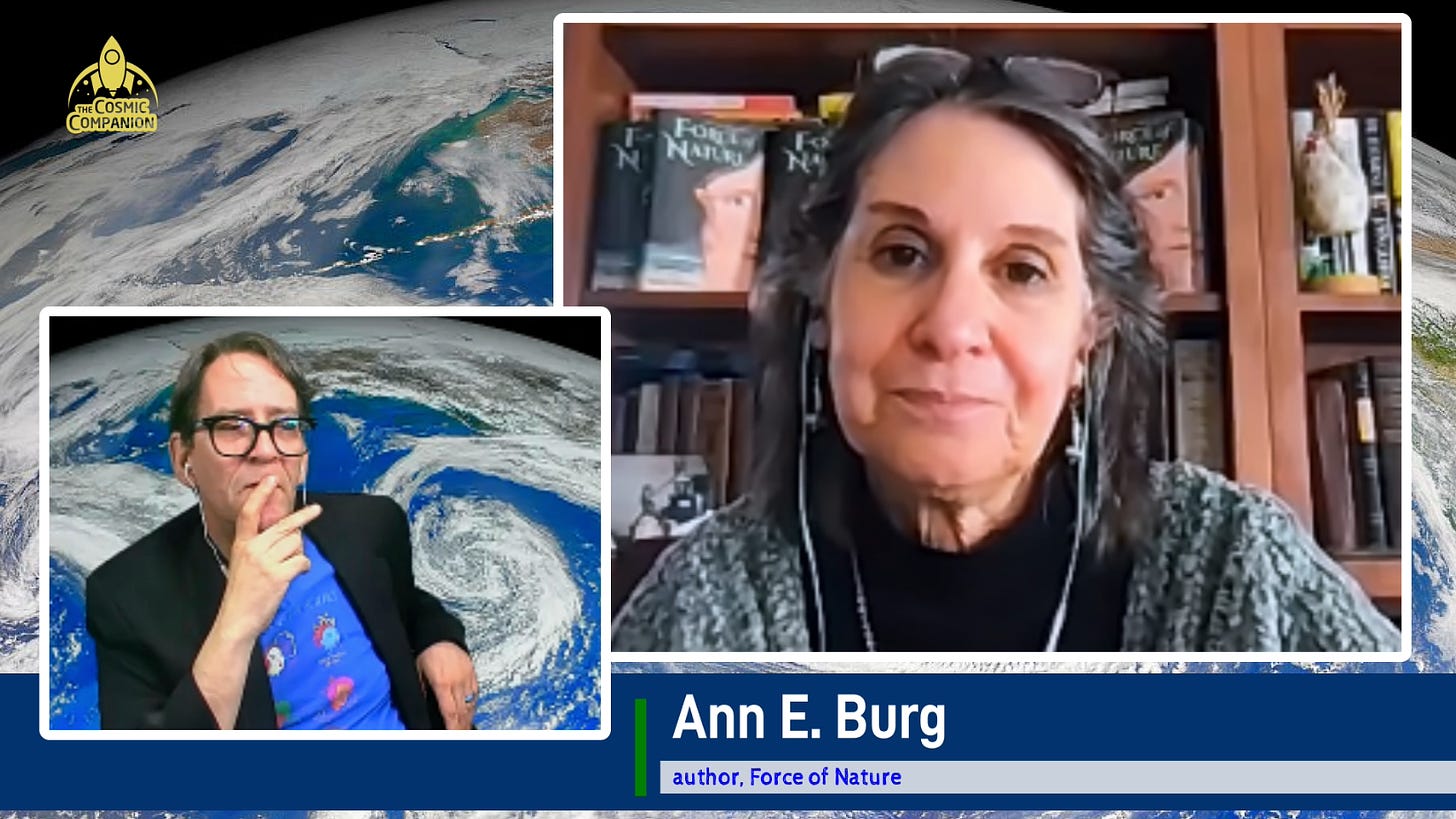
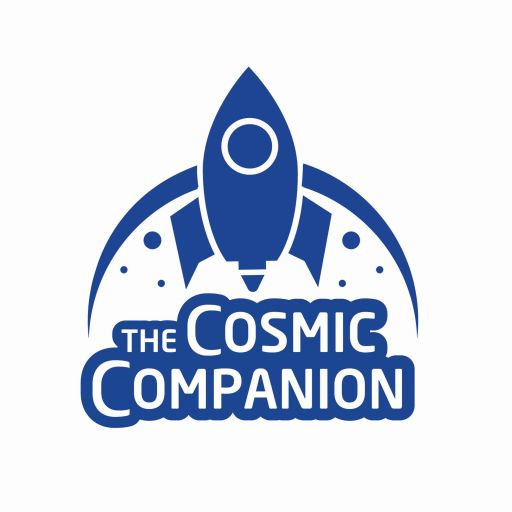



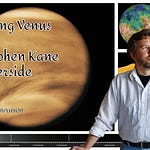
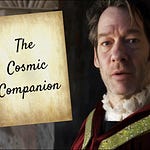


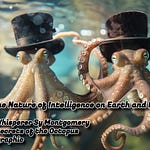
Share this post